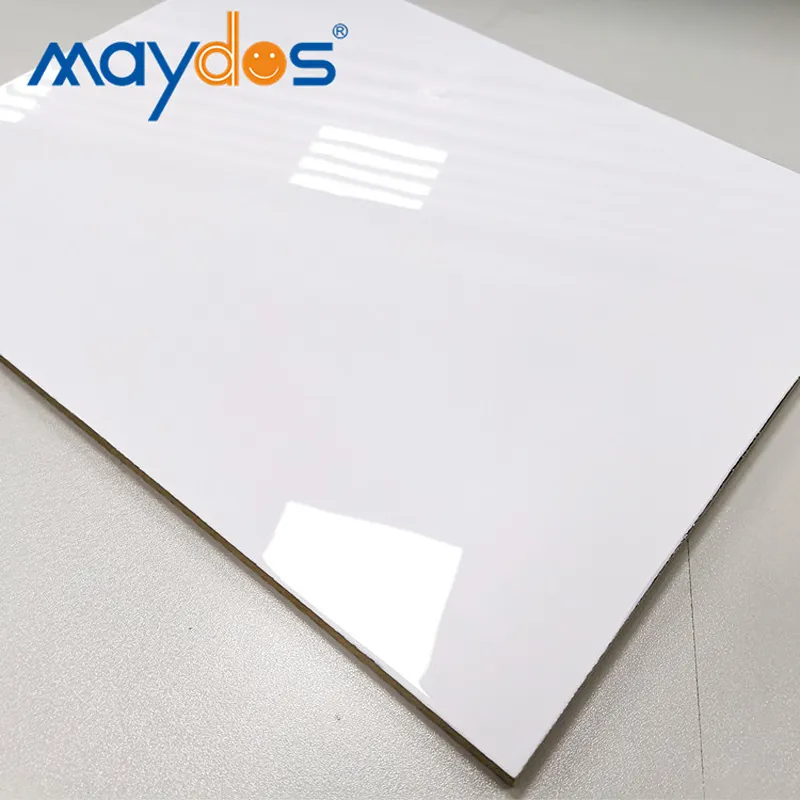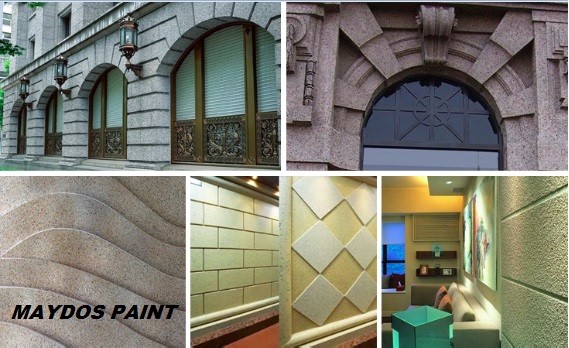Wall Paint Factory
With the growing demand for home renovations and commercial space beautification, the wall paint industry has experienced significant growth. Establishing a wall paint factory is not only a promising investment but also a way to provide high-quality paint products to the market. This article explores the key elements of setting up a wall paint factory, including market research, production processes, equipment needs, and marketing strategies.
1. Market Research
Before starting a wall paint factory, it’s crucial to conduct thorough market research. Understanding the target market’s needs, the competitive landscape, and industry trends can help in formulating a viable business plan. Paying attention to consumer preferences for eco-friendly paints, non-toxic ingredients, and a variety of colors will aid in product positioning.
2. Production Process
The production process for wall paint generally involves the following steps:
- Raw Material Procurement: Selecting high-quality raw materials such as resins, pigments, solvents, and additives.
- Formulation: Mixing raw materials according to different types of paint to ensure accurate recipes for each product.
- Mixing and Grinding: Combining the materials in a mixer and refining them using a grinder to achieve the desired paint viscosity and uniformity.
- Filling and Packaging: Filling the finished paint into containers and labeling and packaging them to ensure safety during transportation.
3. Equipment Needs
Setting up a paint factory requires investment in specialized equipment, including:
- Mixers: For blending raw materials.
- Grinders: For refining the paint to ensure quality.
- Filling Machines: For automated filling to increase production efficiency.
- Testing Equipment: For quality control to ensure compliance with standards.
4. Marketing Strategies
An effective marketing strategy is key to the survival and growth of a wall paint factory. Consider the following approaches:
- Brand Building: Create a unique brand image and logo to enhance brand recognition.
- Online Marketing: Use social media, search engine optimization, and e-commerce platforms to promote products.
- Partnerships: Establish collaborations with construction companies, renovation firms, and retailers to expand sales channels.
- Customer Feedback: Actively collect customer feedback to improve product quality and service.
5. Sustainable Development
Today, environmental protection and sustainability are top concerns for consumers. A wall paint factory should consider using eco-friendly materials, reducing harmful emissions, and offering non-toxic paint options to meet market demands.
Conclusion
Starting a wall paint factory is a business opportunity filled with potential. Through in-depth market research, a well-structured production process, necessary equipment investment, and effective marketing strategies, one can establish a foothold in a competitive market. As consumers continue to prioritize environmental protection and quality, the wall paint industry is poised for ongoing growth and success.





















